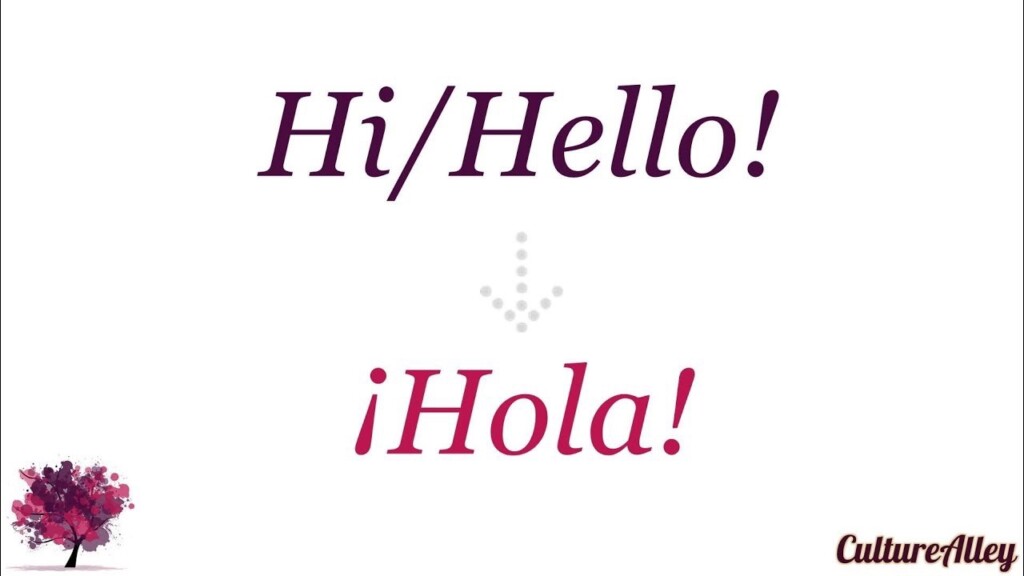If you’re interested in learning Spanish or simply want to expand your cultural knowledge, mastering basic greetings is a great place to start. Saying “hi” is the first step to initiating a conversation and connecting with Spanish speakers. In this article, we will explore the various ways to say “hi” in Spanish, providing you with a beginner’s guide to greetings that will help you make a positive impression and establish rapport with Spanish speakers.

- ¡Hola! – The Universal Greeting:
- “Hola” is the most common and universal way to say “hi” in Spanish. It is used in both formal and informal contexts and is widely recognized and understood across Spanish-speaking regions.
- Buenos días – Good Morning:
- “Buenos días” is used to greet someone in the morning until around noon. It translates to “good morning” in English and is a polite and respectful way to start the day.
- Buenas tardes – Good Afternoon:
- “Buenas tardes” is used to greet someone in the afternoon. It translates to “good afternoon” and is typically used from noon until early evening.
- Buenas noches – Good Evening/Good Night:
- “Buenas noches” is used to greet someone in the evening or at night. It translates to “good evening” or “good night” and is a common greeting when meeting someone after sunset or before going to bed.
- Saludos – Greetings:
- “Saludos” is a general term that can be used to greet someone, especially in a more formal or professional setting. It can be translated as “greetings” or “regards.”
- ¿Cómo estás? – How are you?
- “¿Cómo estás?” is a common way to greet someone and ask how they are doing. It translates to “how are you?” and can be used in both formal and informal contexts.
- ¿Qué tal? – What’s up?
- “¿Qué tal?” is an informal way to greet someone and ask how things are going. It can be translated as “what’s up?” and is commonly used among friends or in casual settings.
- Encantado/a – Nice to meet you:
- “Encantado” or “encantada” is used to express pleasure or excitement upon meeting someone for the first time. It translates to “nice to meet you” and can be used by both males and females respectively.
With this beginner’s guide to greetings in Spanish, you now have a solid foundation for initiating conversations and building connections with Spanish speakers. Whether you use the universal “hola,” the time-specific greetings like “buenos días,” “buenas tardes,” and “buenas noches,” or the casual “¿cómo estás?” and “¿qué tal?”, these greetings will help you create a positive impression and foster meaningful interactions. So, practice these greetings, embrace the cultural exchange, and open doors to new opportunities and friendships as you explore the vibrant world of Spanish language and culture. ¡Buena suerte! (Good luck!)
As an Amazon Associate we earn from qualifying purchases through some links in our articles.
